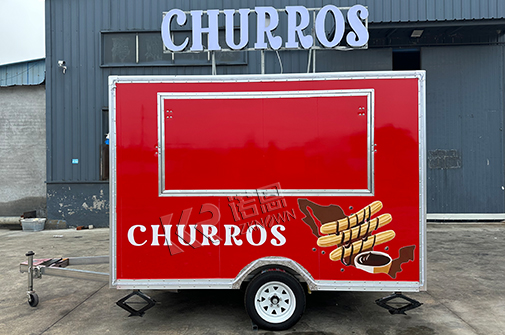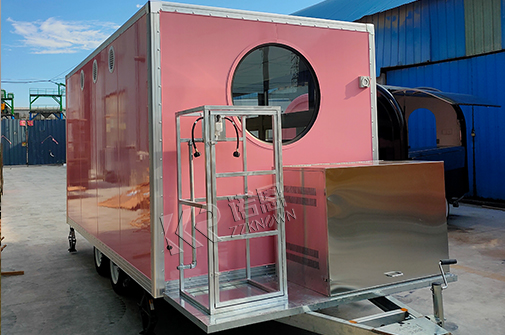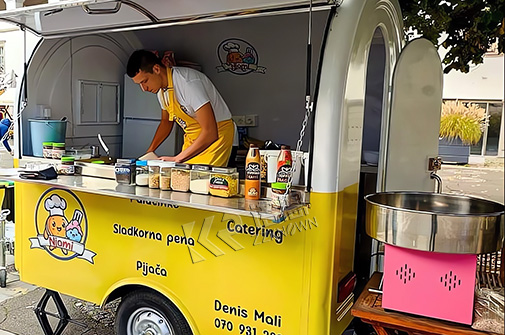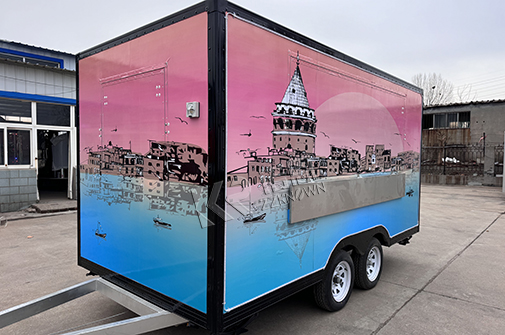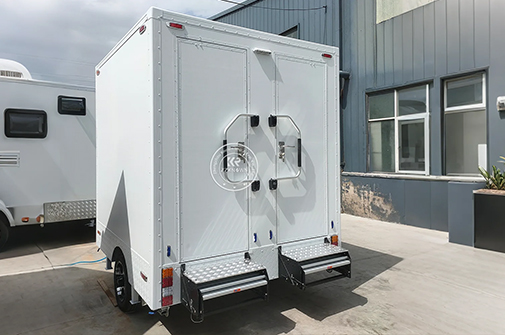When I launched my gourmet grilled cheese food trailer, The Meltdown, I naively believed that if I served delicious food, complaints would be rare. Reality hit hard during my first month: undercooked sandwiches, long wait times, and a disastrous nacho cheese spill that stained a customer’s designer handbag. But these painful moments became my greatest teachers.
Over three years, I refined a system to handle complaints that reduced refunds by 75% and boosted my Google reviews from 3.8 to 4.9 stars. In this guide, I’ll share battle-tested strategies to transform complaints into opportunities for growth, loyalty, and even viral marketing.
Most complaints stem from mismatched expectations. Here’s how to align them:
Menu Transparency:
Label spice levels (e.g., “Ghost Pepper Sauce: 5/5 Heat”).
Note common allergens (dairy, nuts) in bold.
Use photos that accurately represent portion sizes.
Example: After adding a “Serves 2” note to my loaded fries, complaints about “small portions” dropped by 90%.
Wait Time Alerts:
Install a digital timer visible from the ordering window.
Train staff to say, “Your order will take 8–10 minutes. Can I offer you a complimentary lemonade while you wait?”
Frontline staff need tools to defuse tension. I provide:
The 3-A Rule:
Acknowledge: “I totally understand why you’re upset.”
Apologize: “I’m so sorry this happened.”
Act: “Let me make this right for you.”
Preloaded Solutions:
| Issue | Immediate Response | Escalation Path |
|---|---|---|
| Wrong order | Remake + free dessert | Full refund + $5 coupon |
| Long wait | Free drink or side | 25% off next order |
| Food quality | Remake + choice of refund or future discount | Owner follow-up within 24 hours |
POS Customization:
Add mandatory modifier buttons (e.g., “No Mayo,” “Gluten-Free Bun”).
Program alerts for common allergen combinations (e.g., “Warning: This order contains dairy and shellfish”).
Order Tracking:
Use QR code systems like Notify to text customers when their order is ready, minimizing crowd chaos.
Research shows resolving complaints within 5 minutes increases customer retention by 95%. My process:
Listen Fully
Never interrupt. Let the customer vent.
Use nonverbal cues: Nodding, maintaining eye contact.
Validate Feelings
Avoid: “You’re overreacting.”
Say: “I’d be frustrated too if my order was wrong. Thank you for telling us.”
Offer Choices
“Would you prefer a full refund, a remake, or a voucher for next time?”
Case Study:
A customer complained her vegan burger had real cheese. My employee apologized, remade the meal with a supervisor double-checking, and gave her a free “VIP Skip-the-Line Pass.” She later tagged us in a TikTok video praising our response (250K views).
I use a Complaint Log spreadsheet to track patterns:
| Date | Issue | Resolution | Staff Involved | Follow-Up |
|---|---|---|---|---|
| 6/15/2024 | Cold fries | Remade + free cookie | Jane | Revised fryer timer |
| 6/16/2024 | Missing allergy label | Staff retraining | Team | New POS labels |
This data revealed that 40% of complaints occurred during rush hours, prompting me to add a dedicated “Quality Checker” role during peak times.
A heartfelt follow-up can turn critics into advocates:
Email Template:
Subject: We’re Committed to Making This Right
Hi [Name],
Thank you for your feedback about [issue]. As a small business, we take this seriously.
To show our appreciation for your honesty, please accept:
[Compensation]
A personal invite to test our new [menu item]
Sincerely,
[Your Name]
Owner, [Food Trailer Name]*
Social Media Responses:
Publicly reply to negative reviews within 24 hours.
Move sensitive discussions to DMs.
Example Response:
“Hi Sarah, we’re devastated to hear about your experience. This isn’t our standard. Please DM us—we’d love to make it up to you.”
Invite dissatisfied customers to a Feedback Focus Group:
Offer free meals in exchange for honest input.
Implement their suggestions and credit them publicly.
Result: One critic’s idea for a “Build-Your-Own Bowl” option became my top-selling menu item.
Role-Playing Workshops:
Act out scenarios like “Angry Customer: Burnt Pizza.”
Grade responses on empathy, speed, and resolution.
Incentivize Good Service:
Monthly bonuses for zero unresolved complaints.
“Customer Hero” awards voted by peers.
Share anonymized complaints and solutions in weekly team meetings.
Celebrate improvements: “Last month, we had 12 complaints about wait times. This month: 2!”
Complaints take an emotional toll. I provide:
Stress-Relief Kits: Mini massagers, calming teas.
Debrief Sessions: 10-minute post-shift chats to vent constructively.
Issue: A customer found a hair in their taco.
Response:
Immediate full refund + $20 gift card.
Implemented mandatory hair nets and daily uniform checks.
Posted a video showing new safety protocols.
Outcome: The customer became a regular and referred 10+ friends.
Issue: A dairy-free smoothie contained milk.
Response:
Paid for the customer’s ER visit (allergic reaction).
Hired an allergen specialist to redesign the kitchen workflow.
Launched a “Double-Check Guarantee” campaign.
Outcome: Featured in a local news story about food safety, boosting sales by 30%.
Zenput: Track and resolve complaints across multiple locations.
Yelp for Business: Monitor and respond to reviews centrally.
Canva: Design apology coupons and feedback cards.
| Complaint | Immediate Action | Long-Term Fix |
|---|---|---|
| Cold Food | Microwave + free side | Invest in heated food display |
| Rude Staff | Free meal + manager apology | Role-play training |
| Payment Error | Refund + 10% off next order | Update POS system |
In the food trailer industry, where margins are slim and competition is fierce, how you handle complaints can set you apart. By embracing feedback as free business coaching, you’ll build a brand known for trust and integrity.
One of my once-angriest customers now runs a fan blog for The Meltdown. Last month, she convinced a corporate event planner to book us for a 500-person gig. That’s the power of a well-handled complaint.
Final Tip: Start small. Pick one strategy from this guide—like implementing the 3-A Rule—and master it before moving to the next. Progress, not perfection, is the goal.
